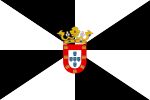
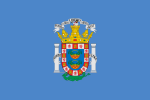
The territory of Spanish Morocco today includes the two autonomous cities of Ceuta and Melilla, both of which are located in Moroccan territory but are politically part of Spain and the European Union.
The two cities of Ceuta and Melilla are Spanish exclaves on the Mediterranean coast of Africa, each with around 90,000 inhabitants. The cities only border on Moroccan territory and the northern Mediterranean.
Ceuta and Melilla have been repeated refuges for African refugees in the past, with thousands trying to cross the high border fences into European Union territory every year.
Melilla is located on a peninsula and measures around 8 by 4 kilometers; mainland Spain is around 200 kilometers away. The most important economic sectors in Melilla are the export of iron ore, lead, fish and various types of fruit, shipbuilding and fish processing.
The most important sights in Melilla include the town hall, the Spanish Square, the old town hill “Medina Sidonia”, the Hernandez Park, the Military Museum, the Quixote Monument, the “Ruta Modernista” district, the bullring, the synagogue, the Archaeological Museum, the Enrique Nieto statue, the Square of Cultures, the Local History Museum, the Jesus Church, the harbor, the casino, the fort, the Cristo Rey Basilica, the Santiago Church and some sandy beaches.
There are ferry connections from Melilla to the Spanish cities of Malaga and Almeria.
The city of Ceuta, measuring approximately 8 by 5 kilometers, is only 22 kilometers away, closer to mainland Spain and the British Overseas Territory of Gibraltar. There is a ferry connection from the autonomous city to the city of Algeciras in Spain.
The most important economic sectors of Ceuta are the processing of fish - mainly crabs, fish farming and tourism.
The city's most important sights include the Fort with its ramparts, Africa Square, Maritime Park, Santa Maria Church, Tardorromana Basilica, Military Museum, San Amaro Park, Central Market, Ceuta Cathedral, the Arab Baths, the Assembly Palace, the Chorrillo Beach, the Local History Museum, the Dragon Building and other beautiful sandy beaches.
In July 2016 I visited the autonomous city of Ceuta during my big tour of West Africa. In the Moroccan city of Tangier, I booked a taxi driver the evening before for $100. The day trip included the approximately 120 kilometer journey to Ceuta, a five-hour stay in the autonomous city and the subsequent return journey.
After passing through the border controls relatively problem-free, I took a taxi to the city center on the Spanish side. Unfortunately, the four-hour city tour in beautiful Ceuta was over far too quickly. I would have liked to go to one of the cozy cafes or restaurants, but there was no time for that this time.
After seeing almost all of Ceuta's highlights in quick succession, I made my way back.
The autonomous city of Ceuta is highly recommended for a longer stay.

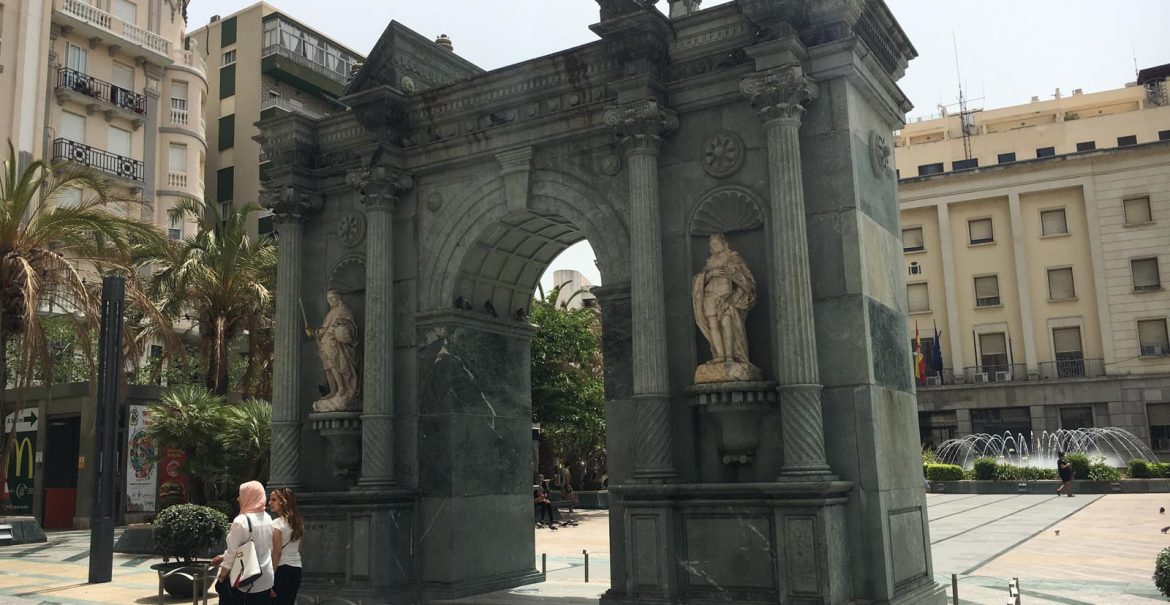
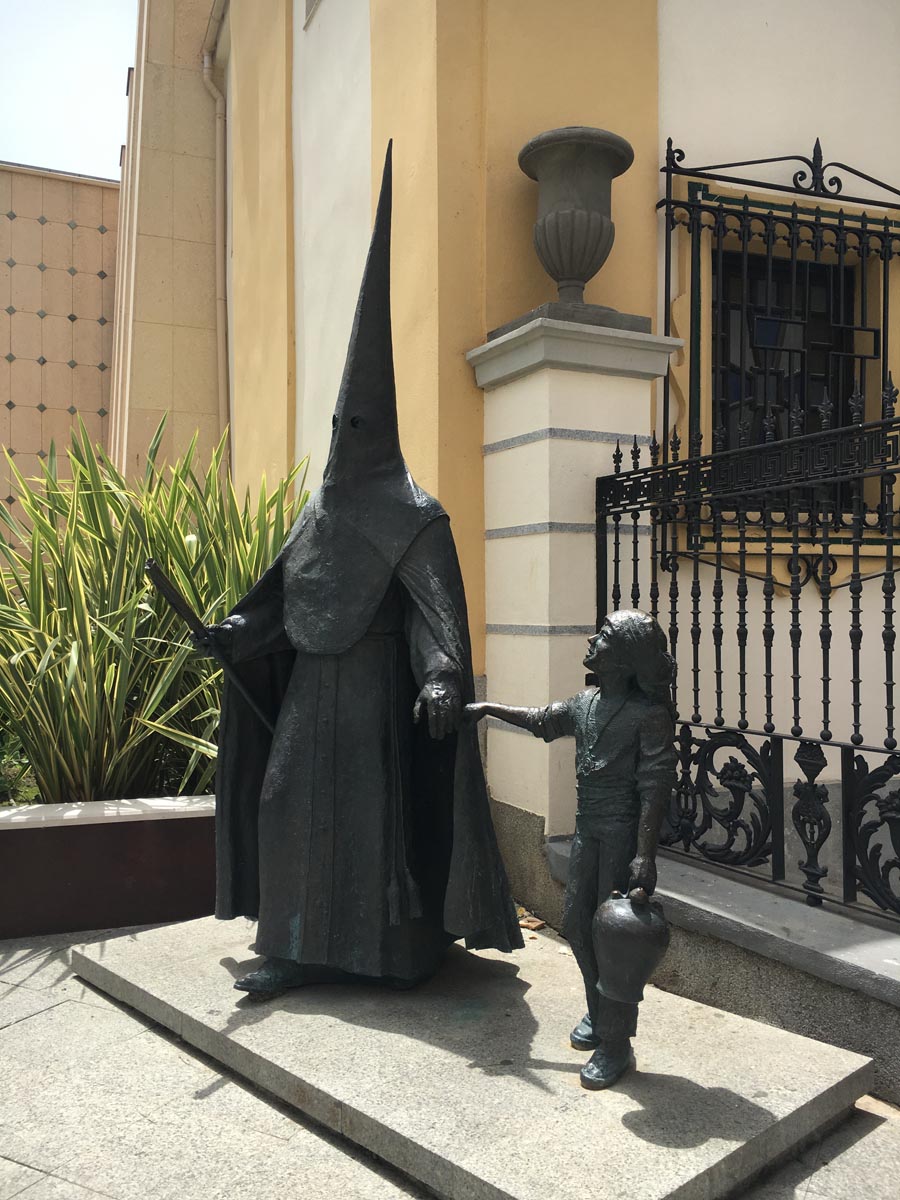
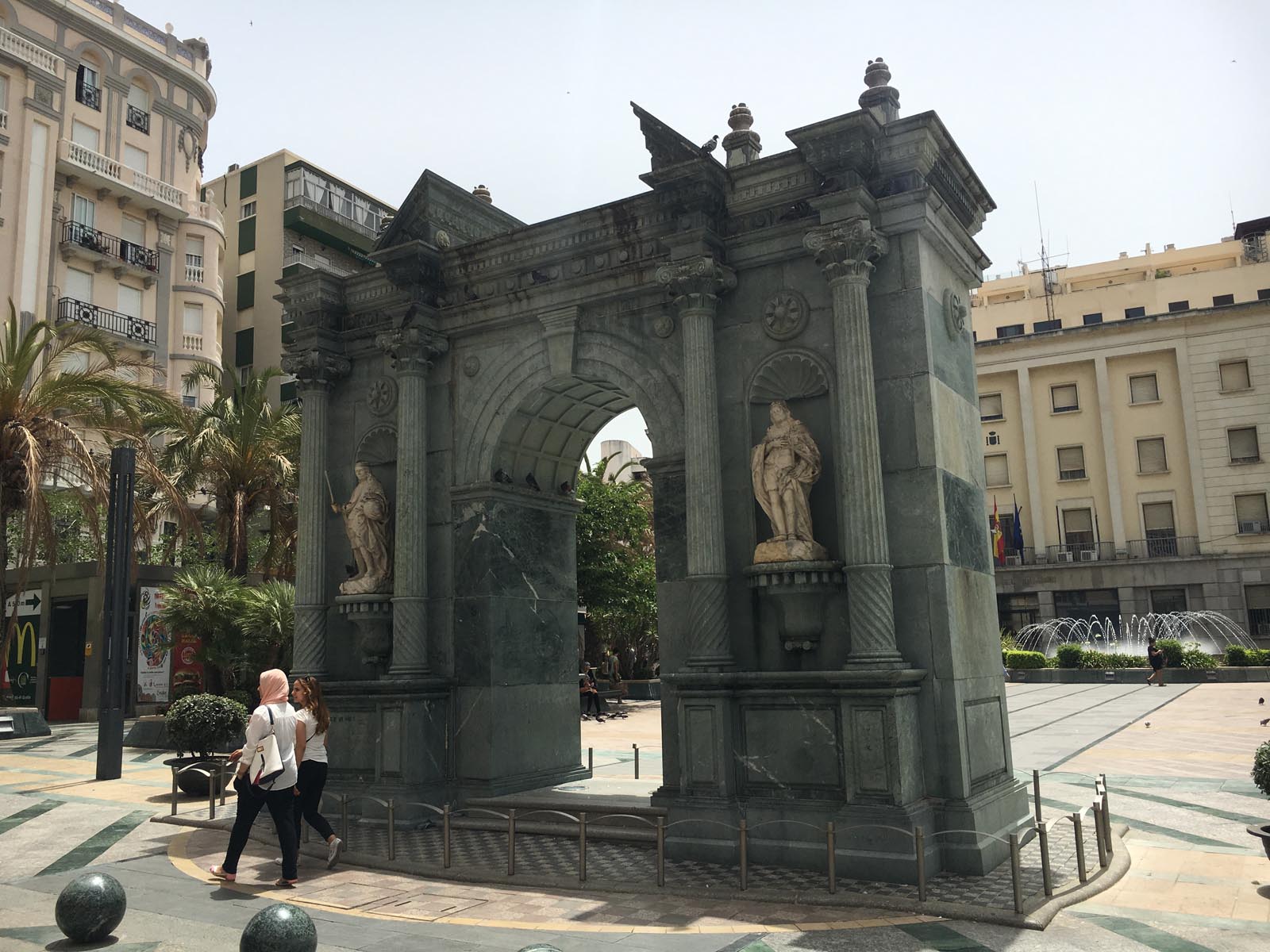

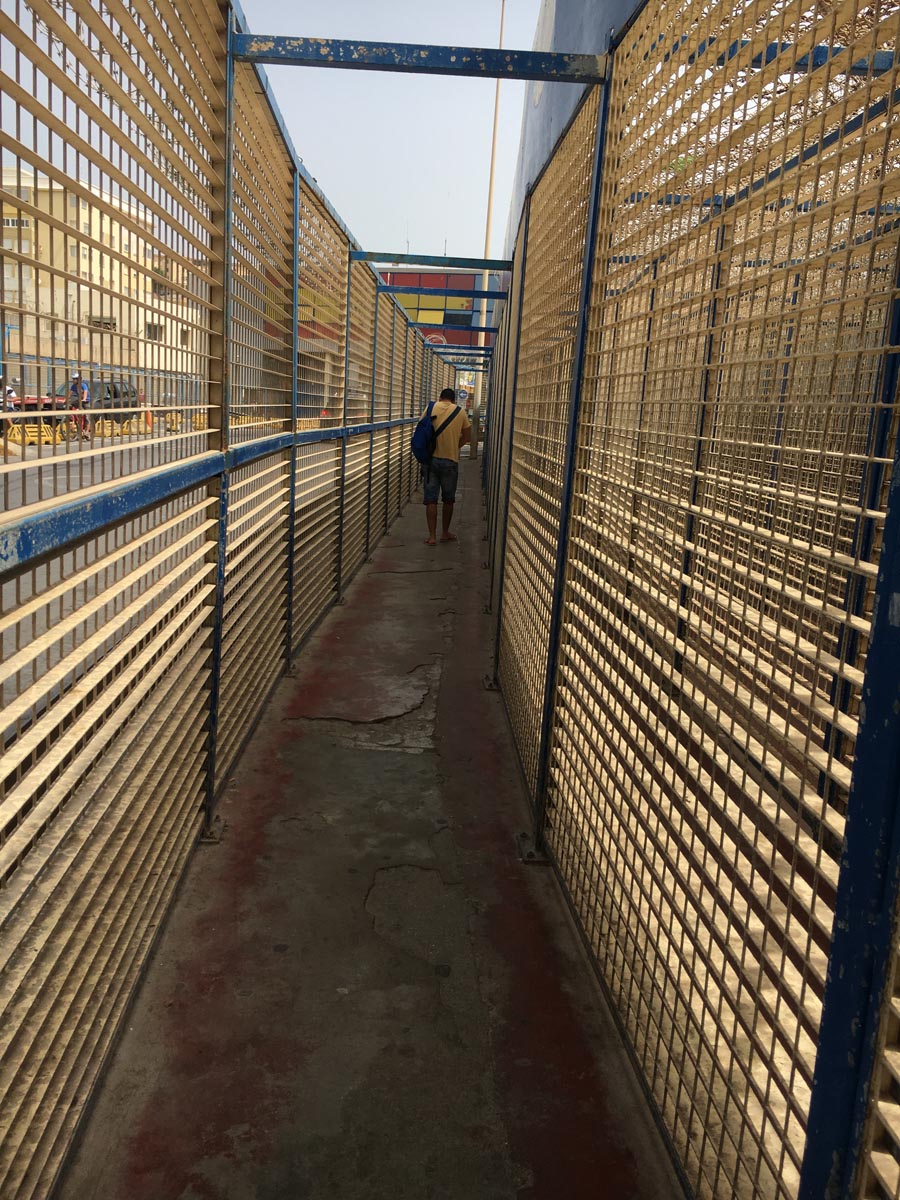
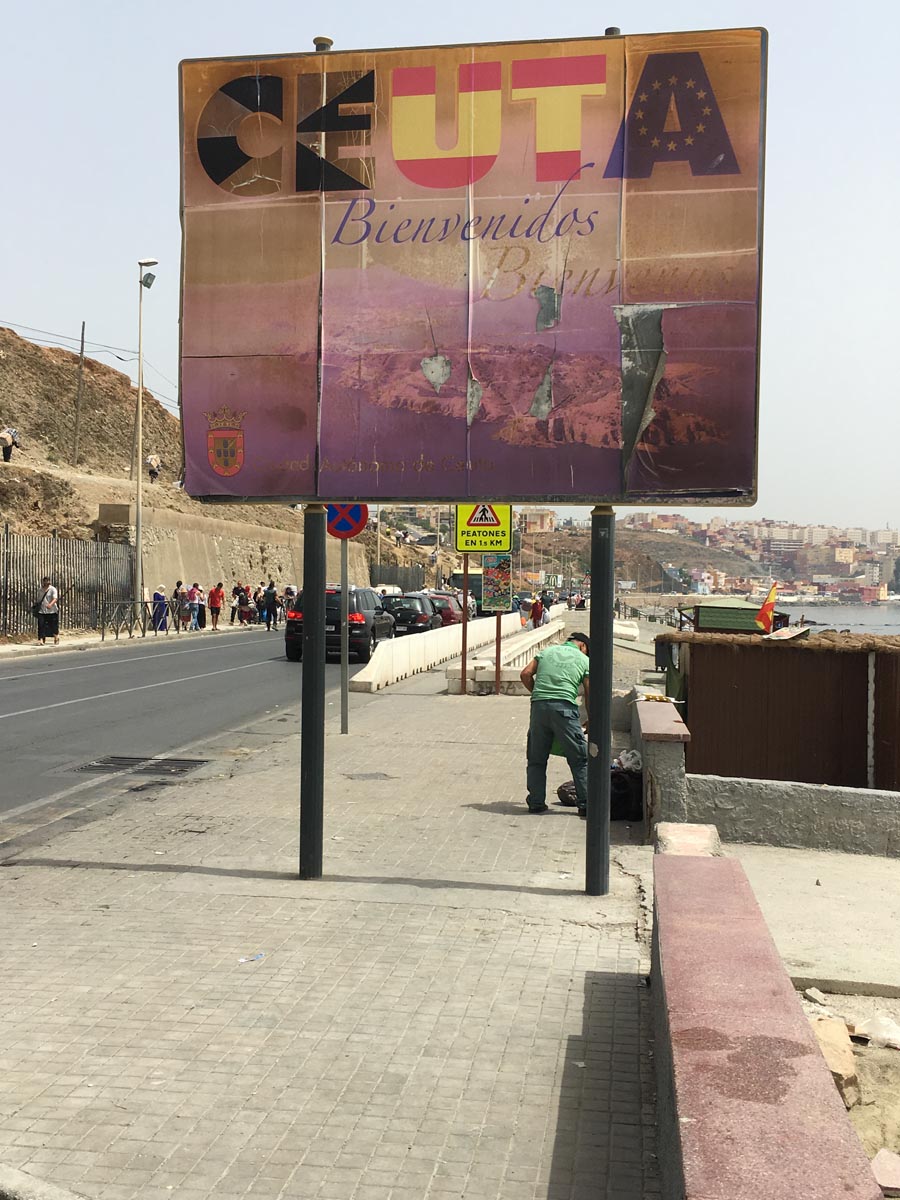
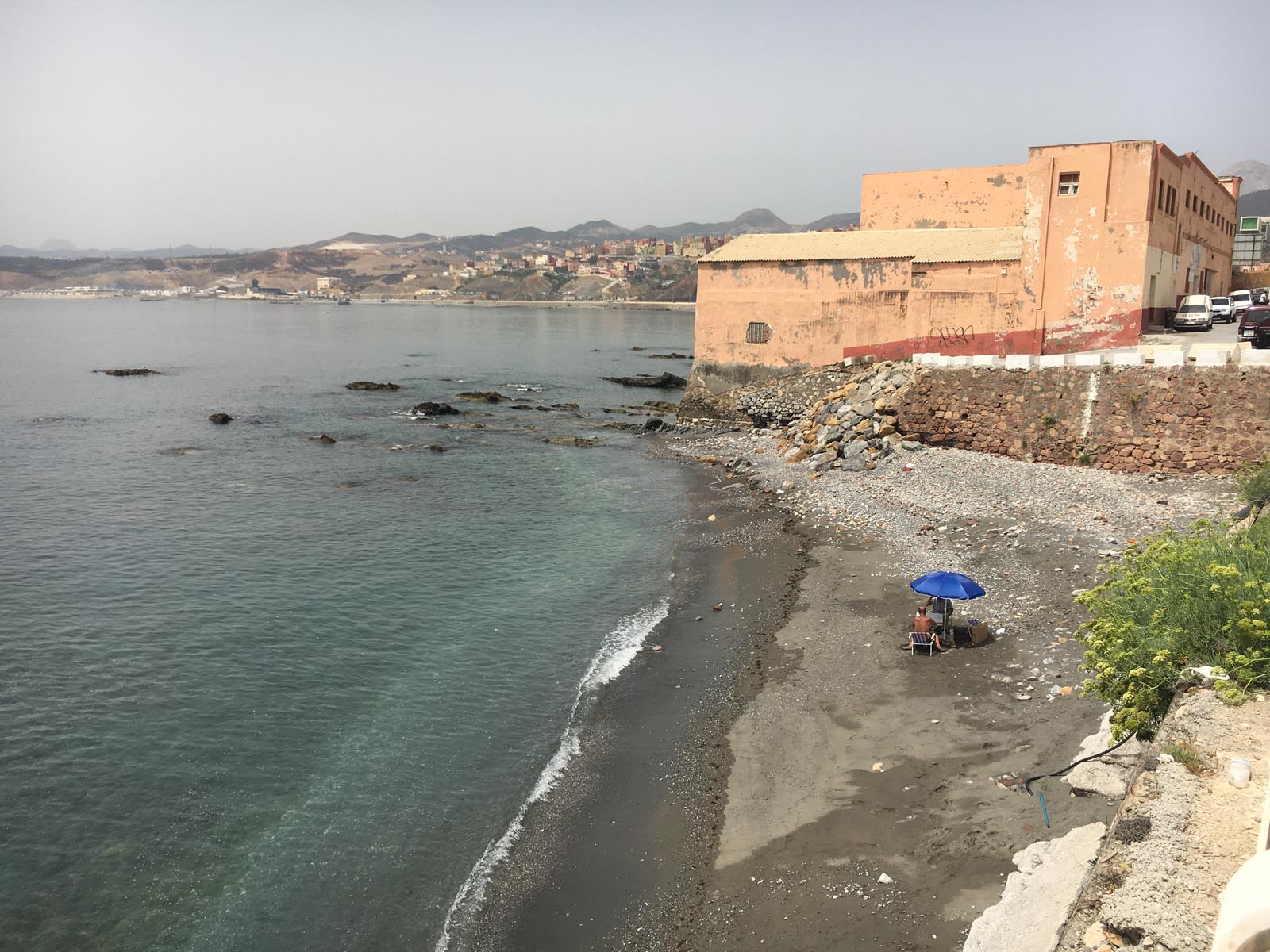
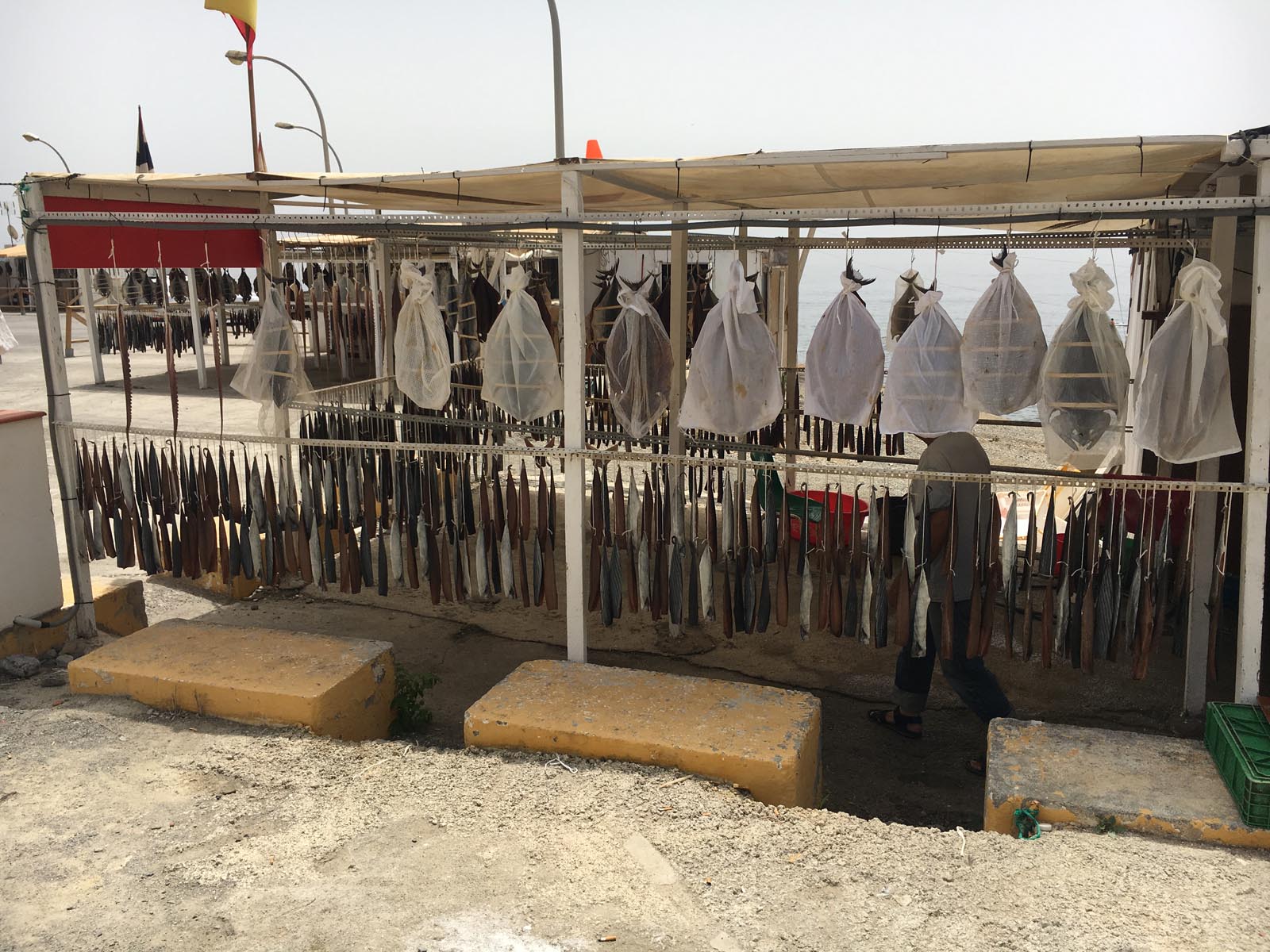
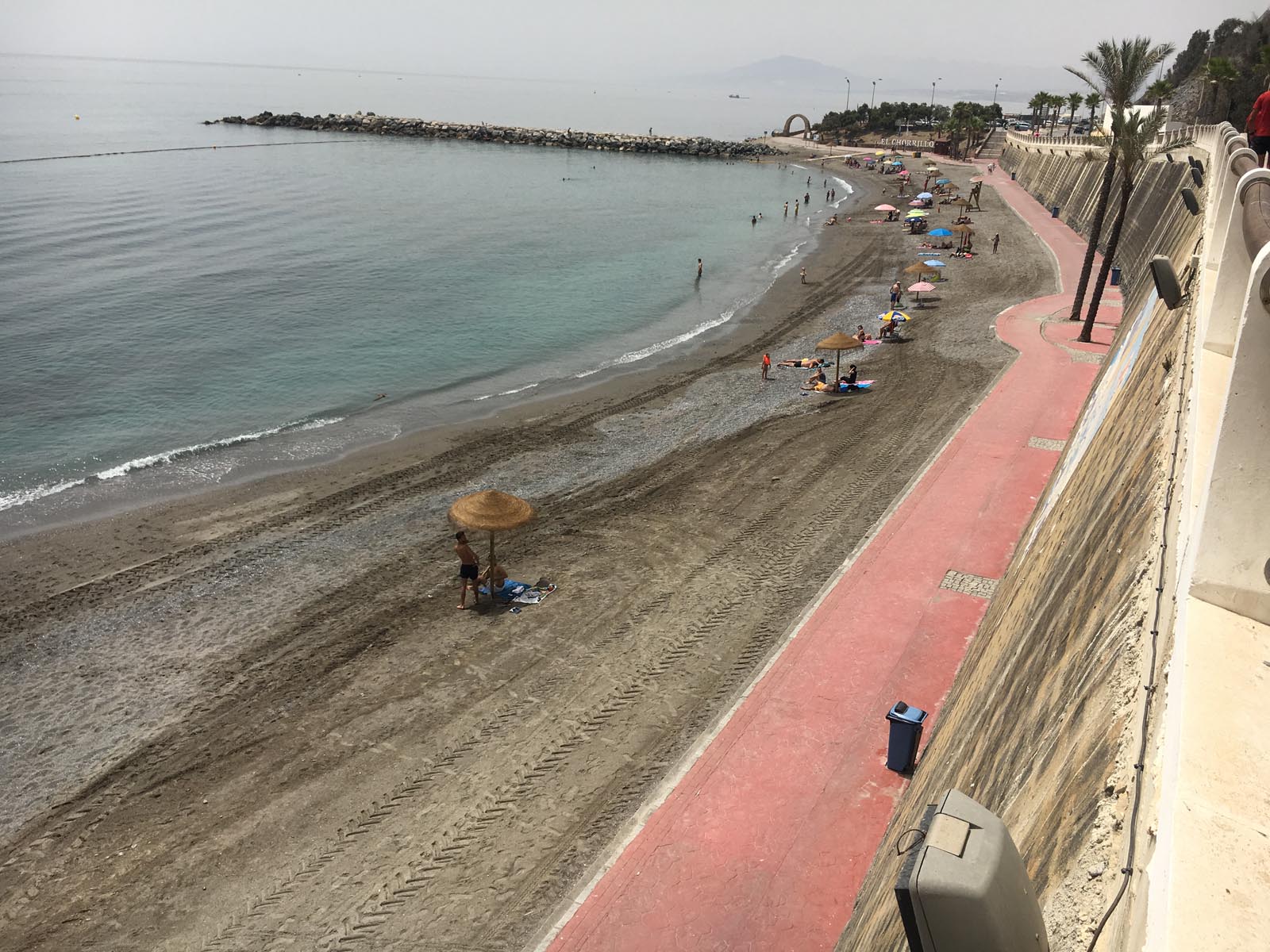
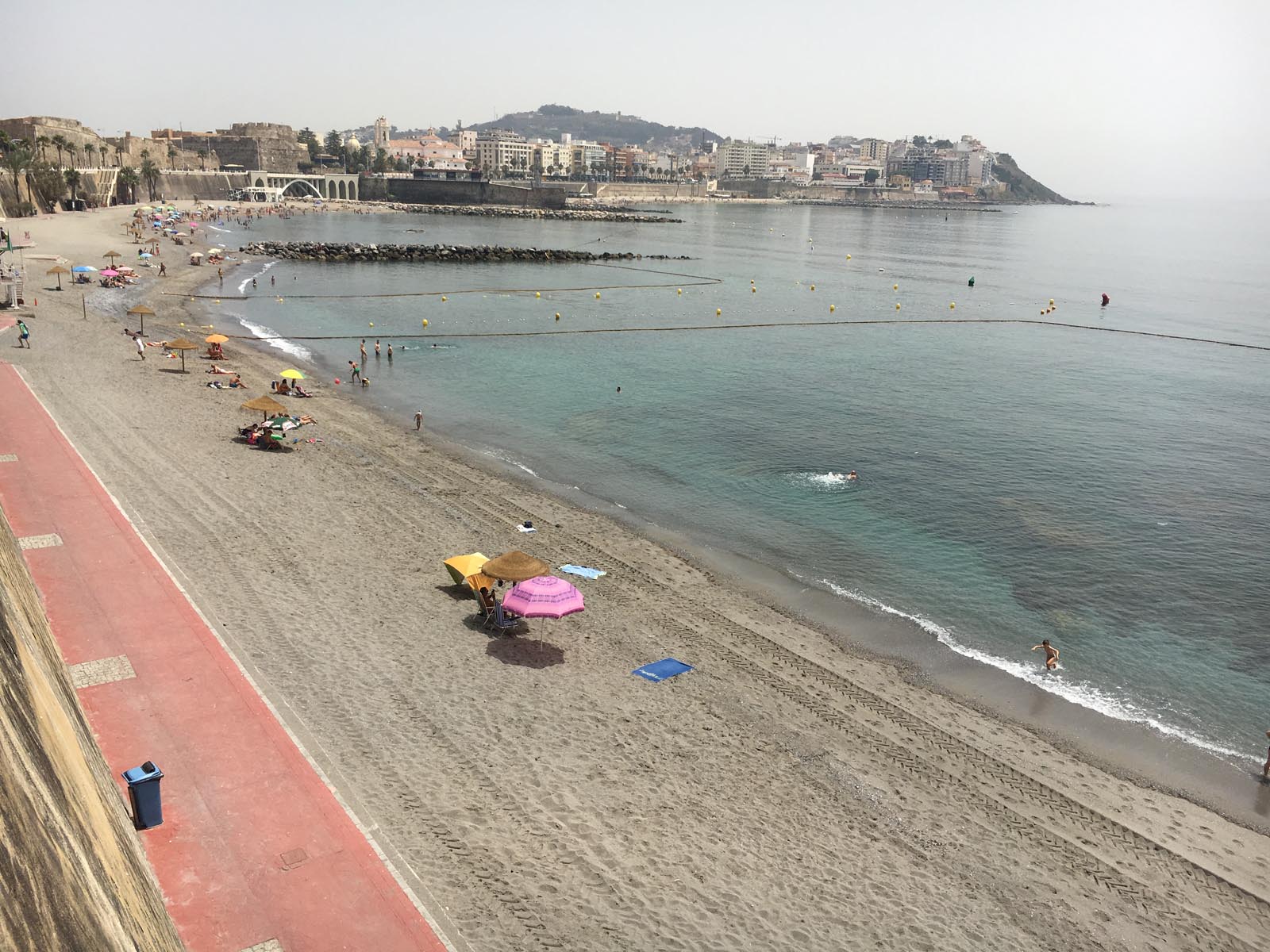

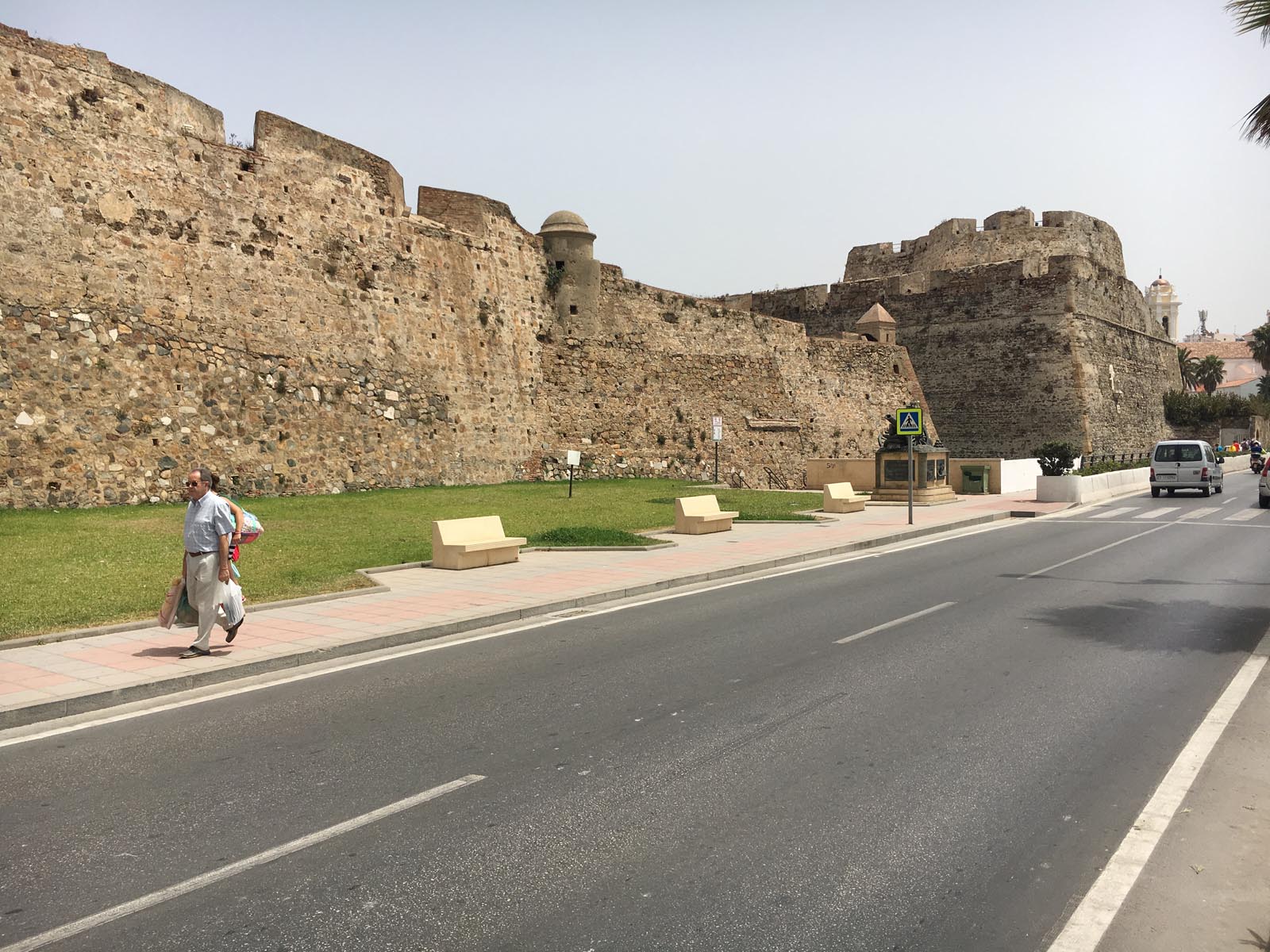
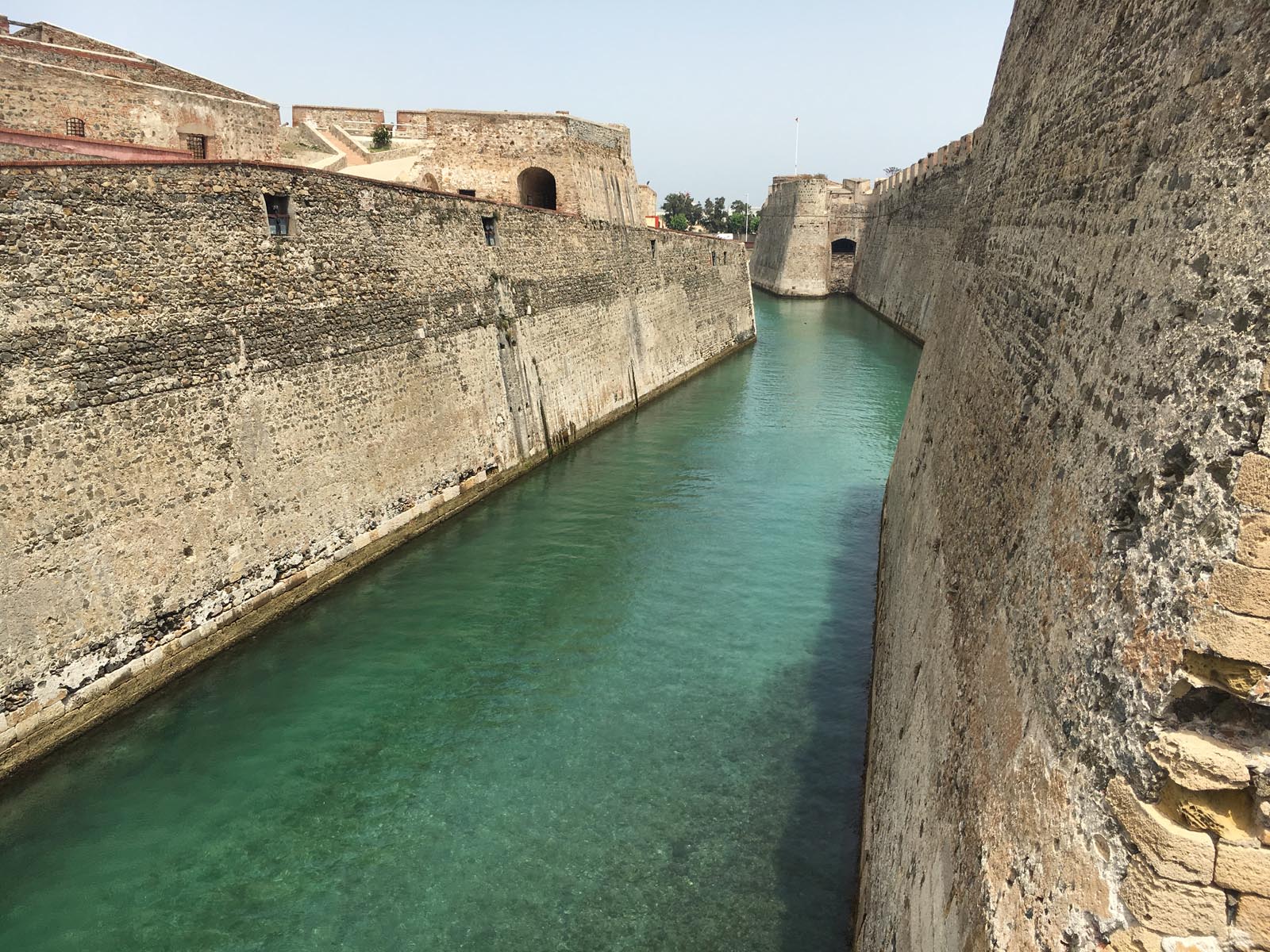
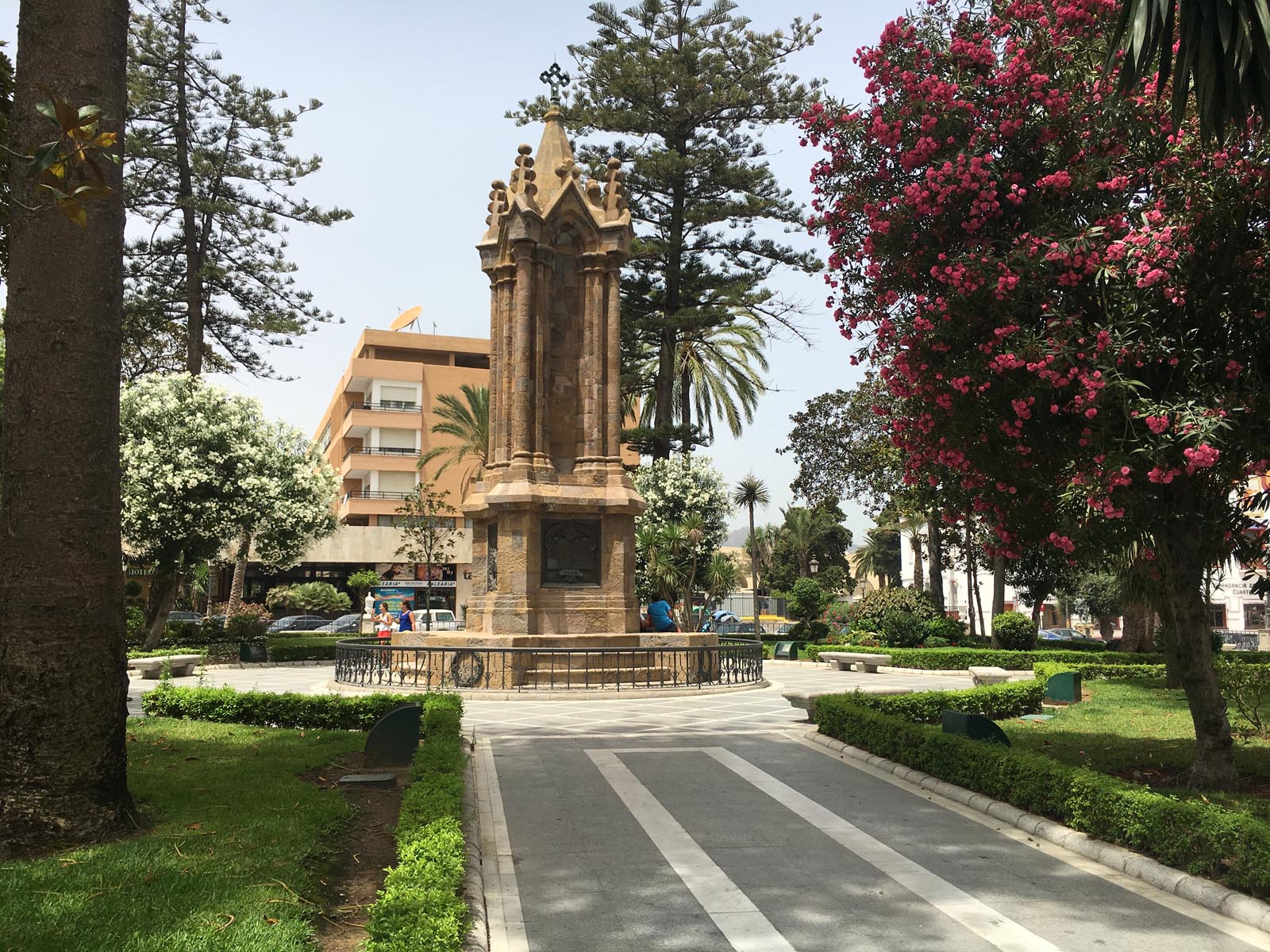
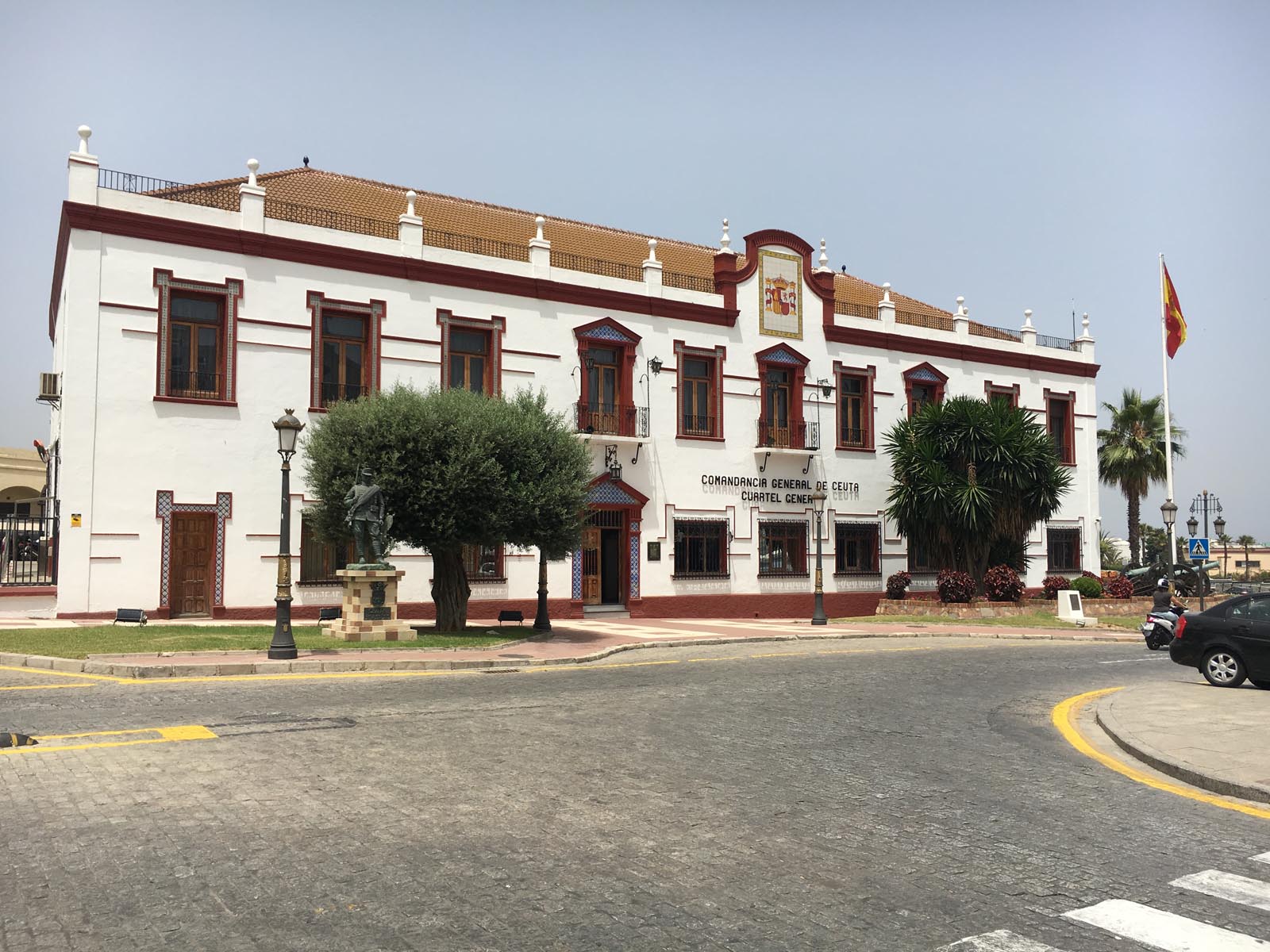
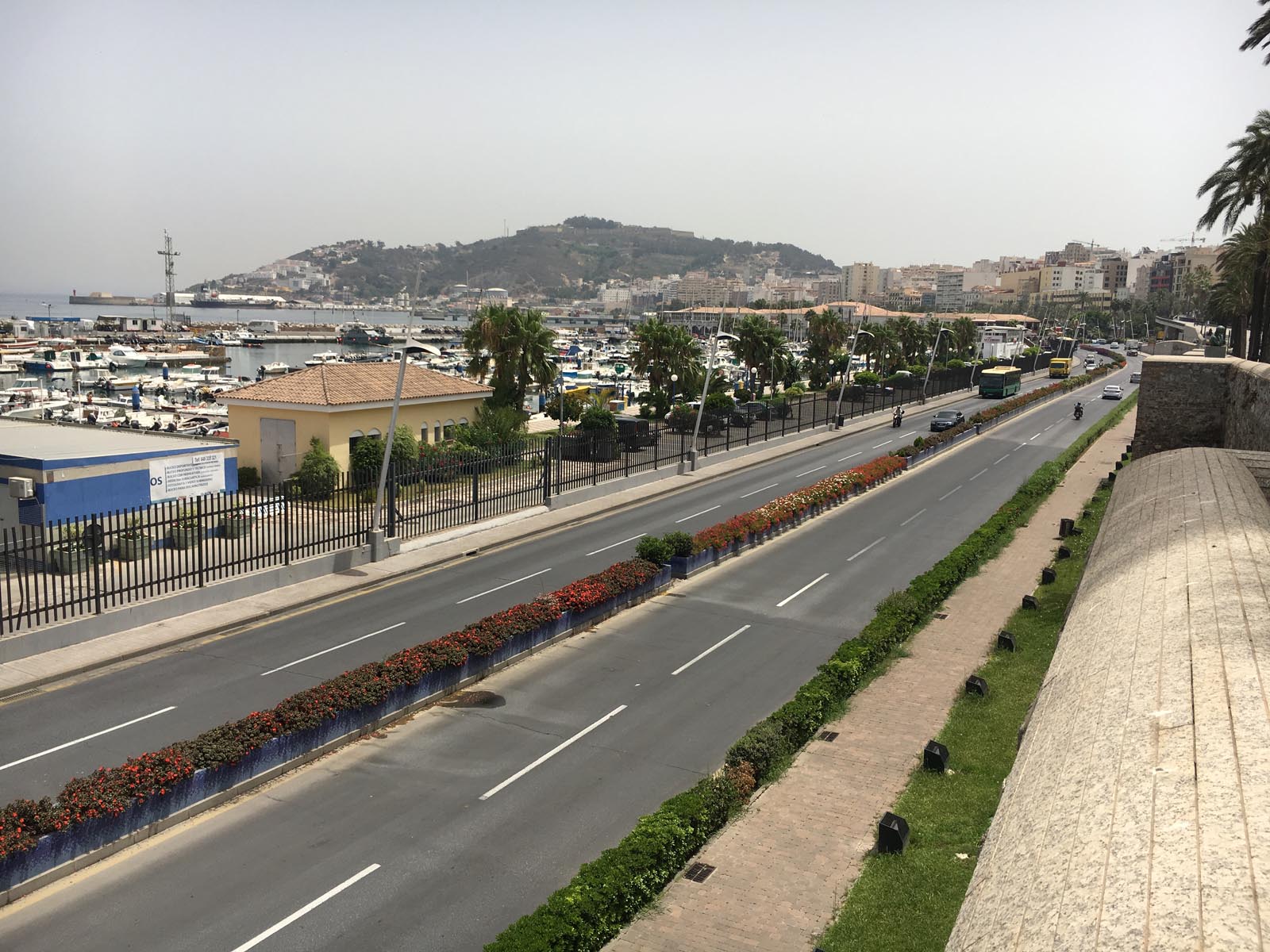
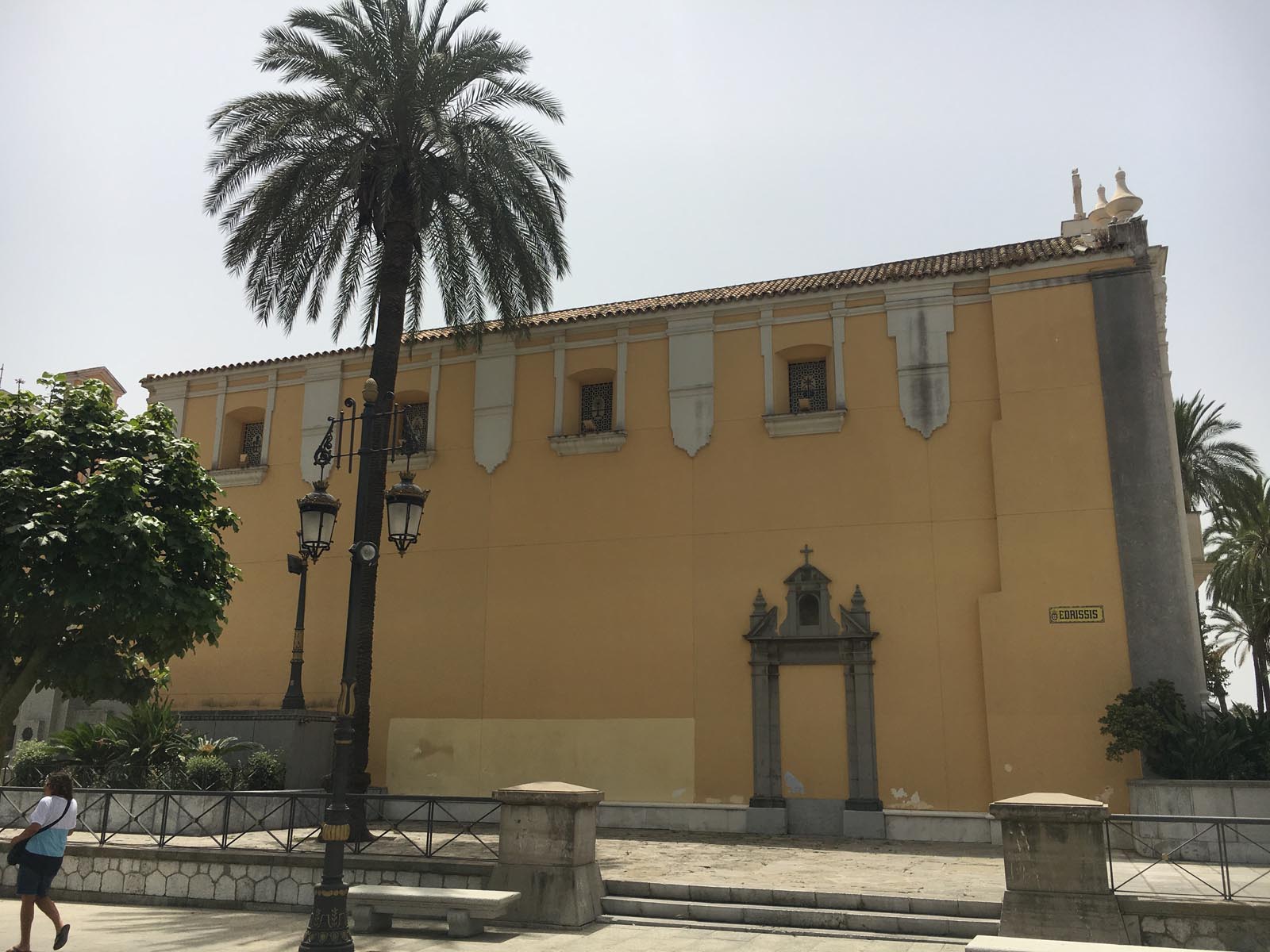
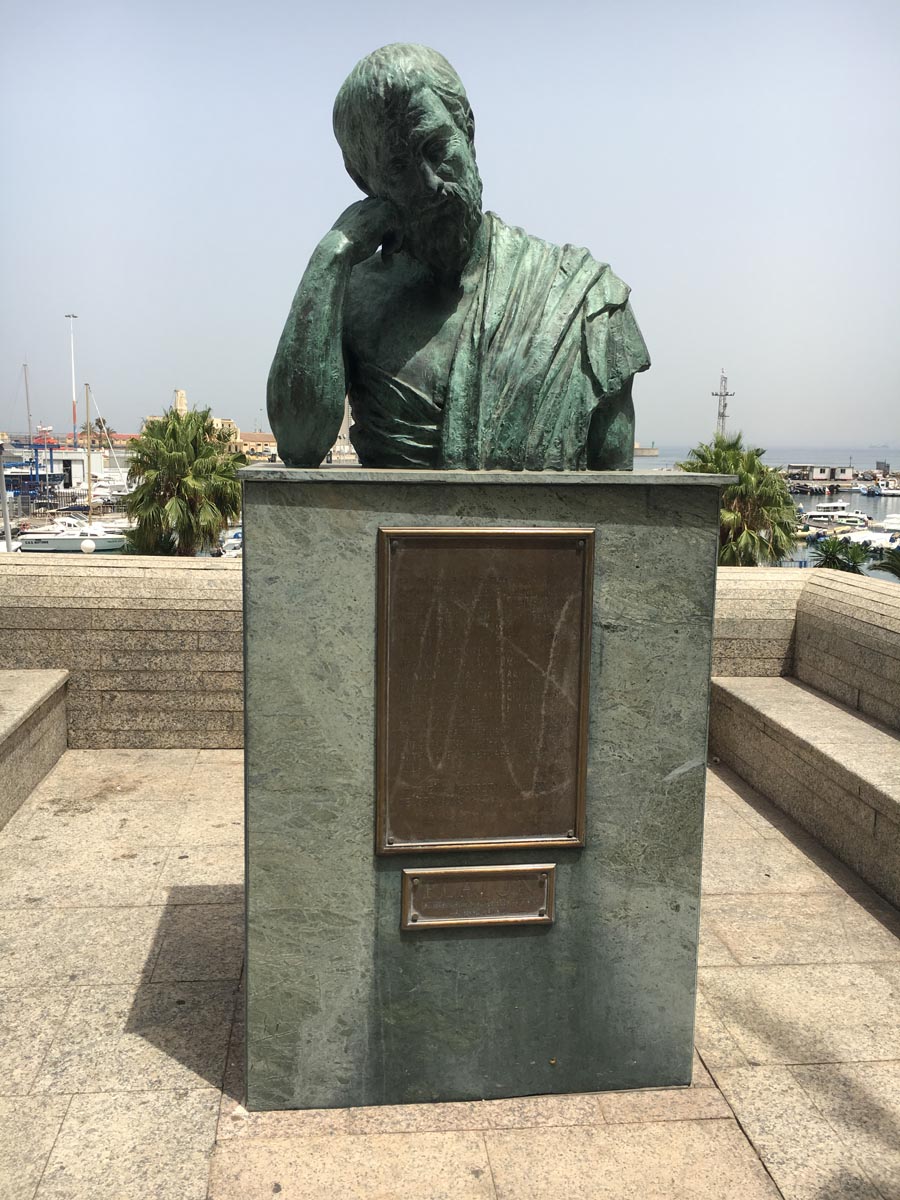
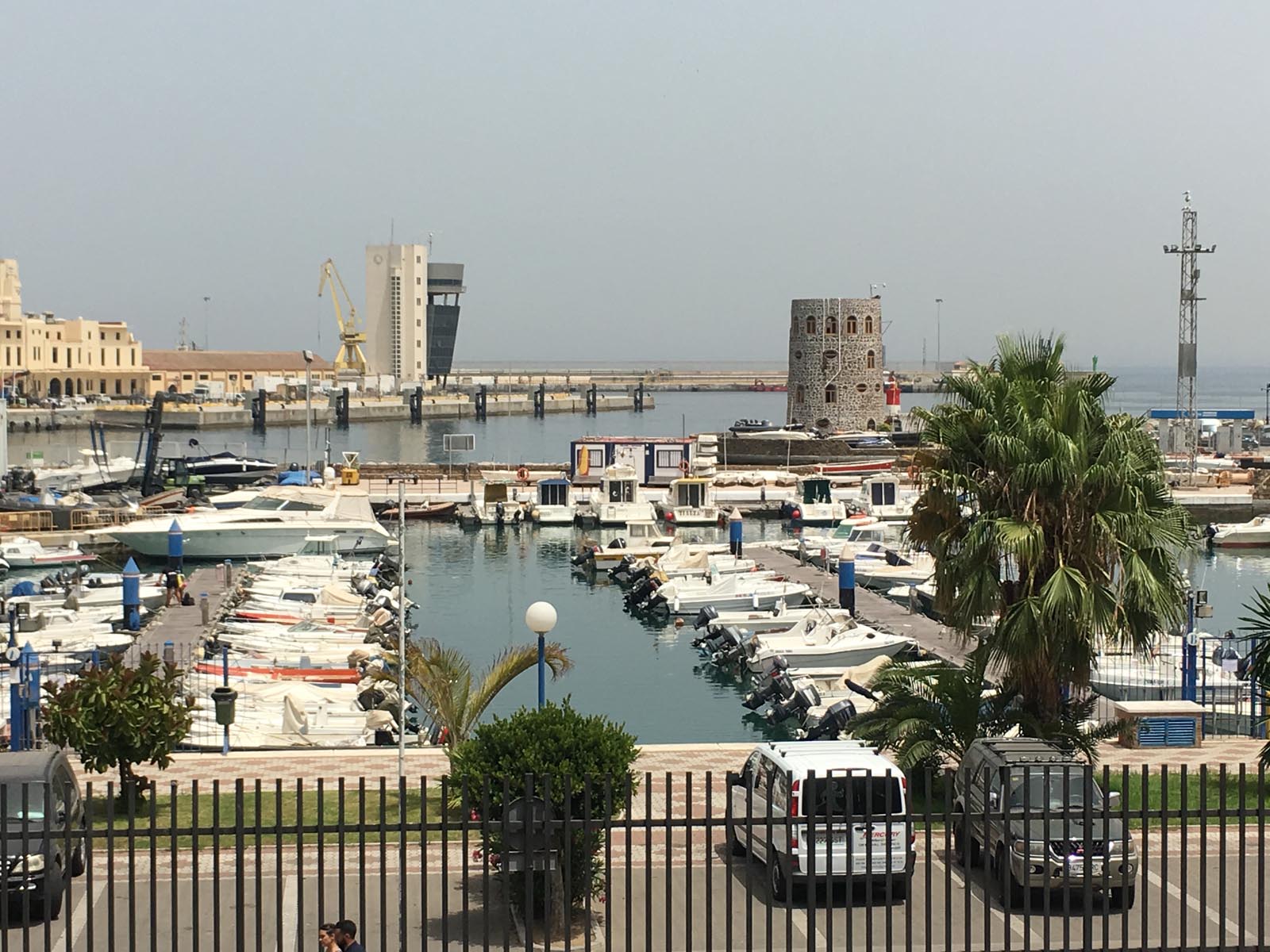
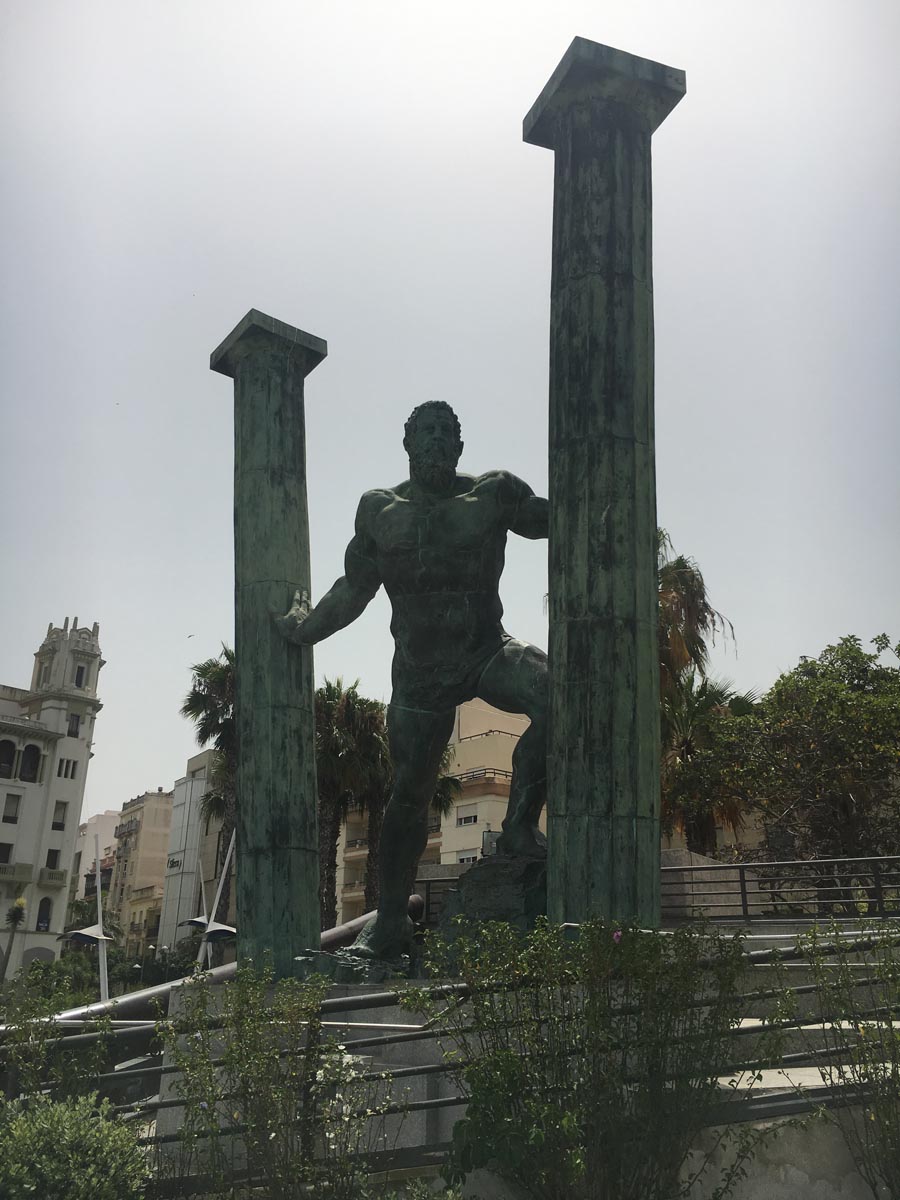


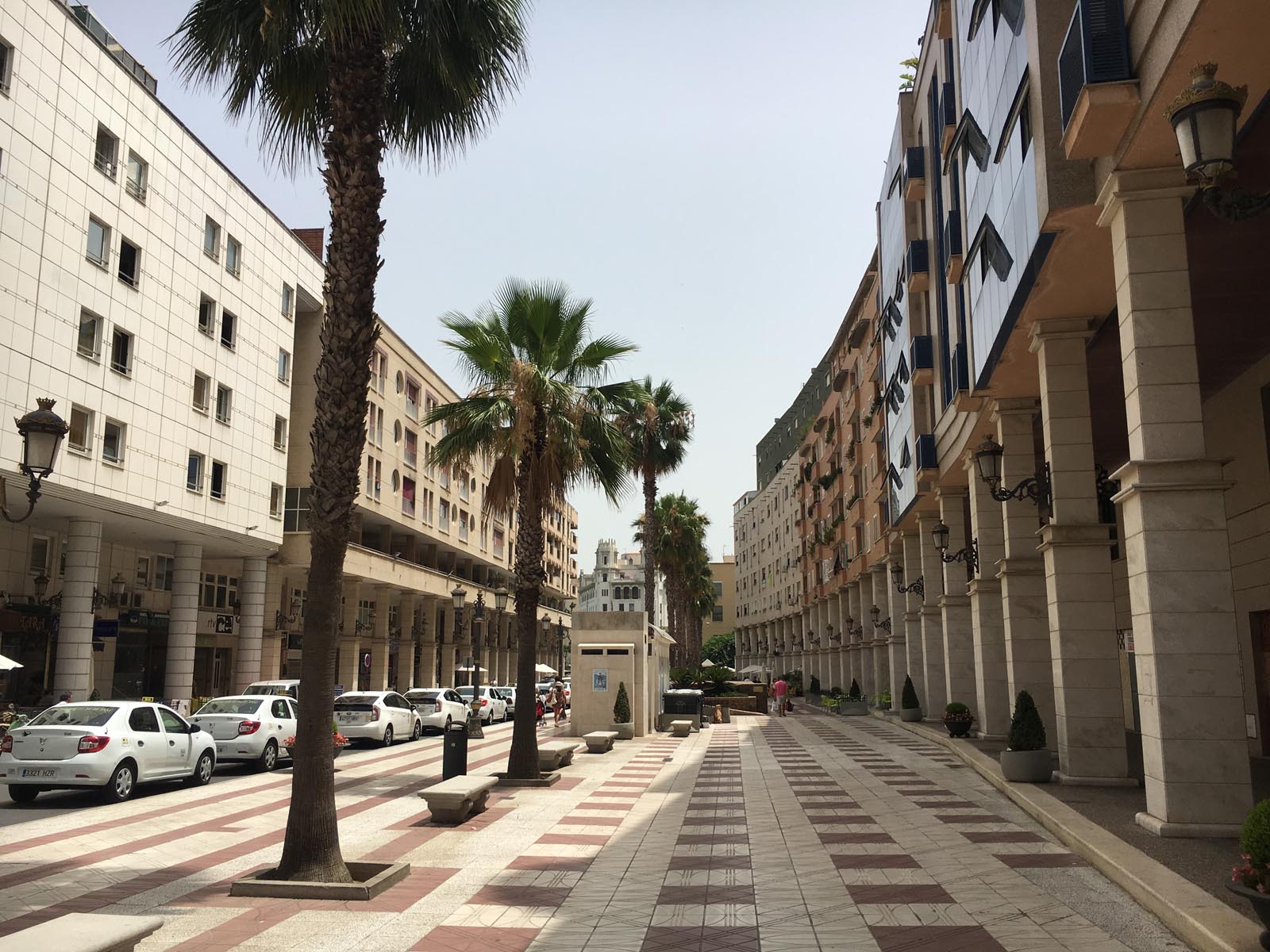
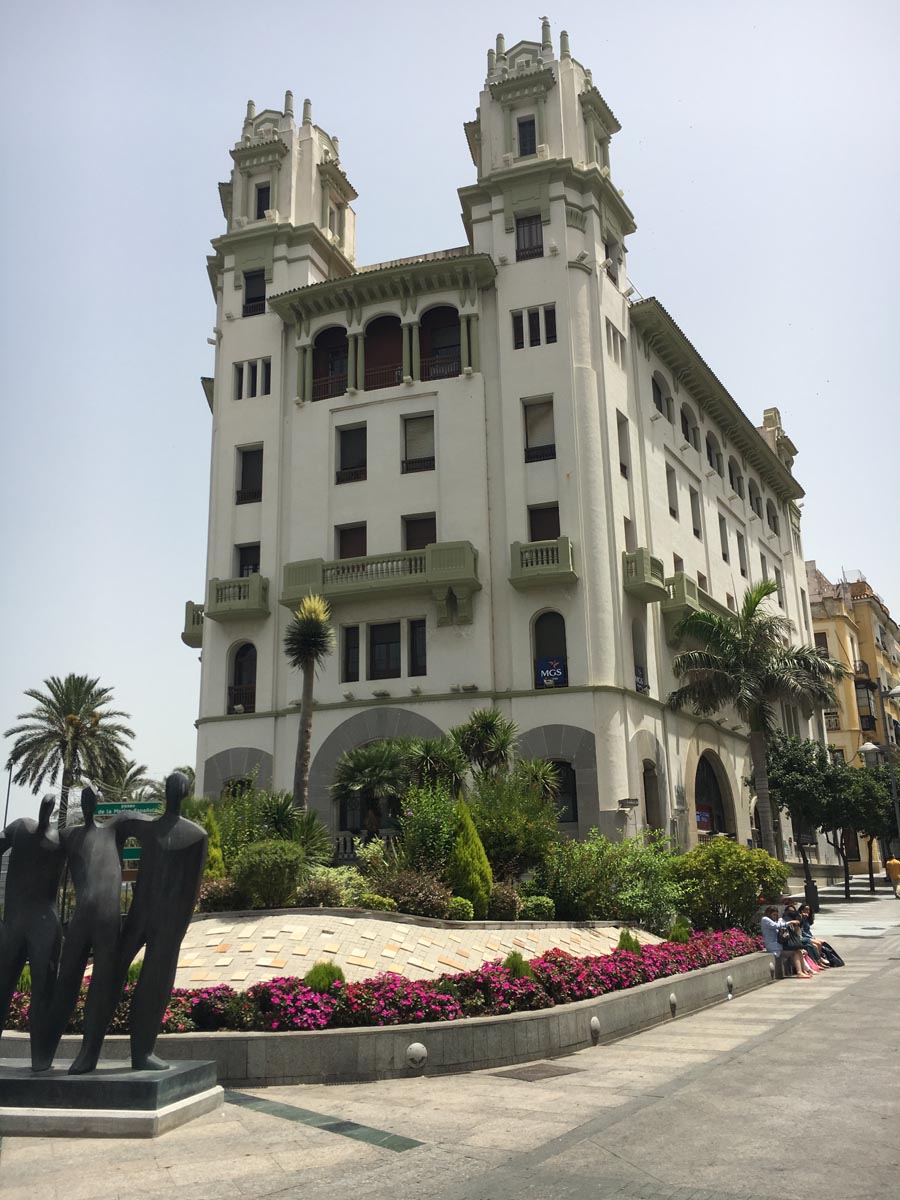
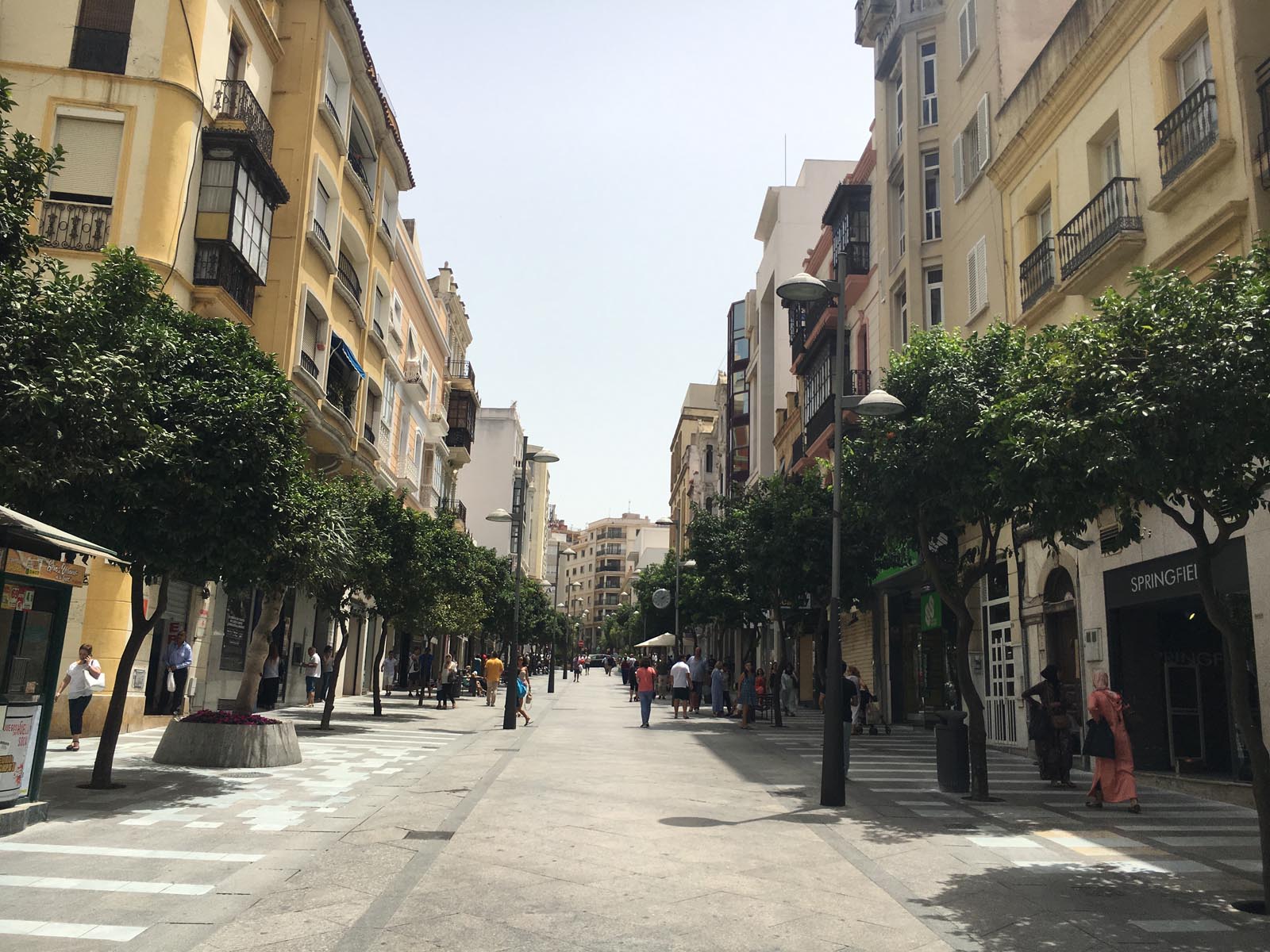
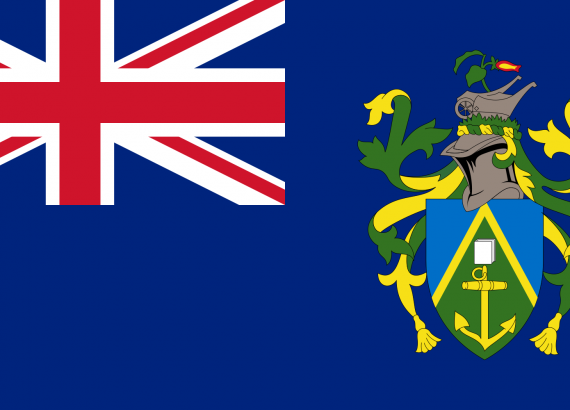
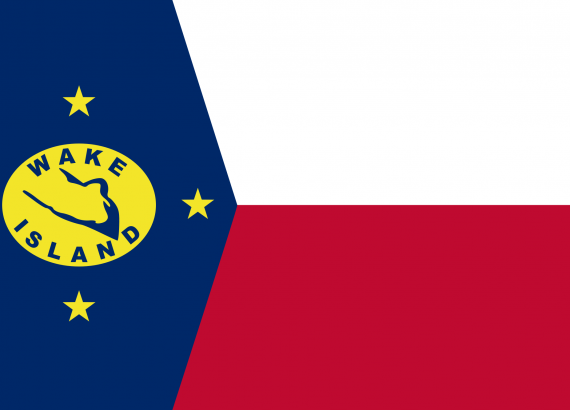
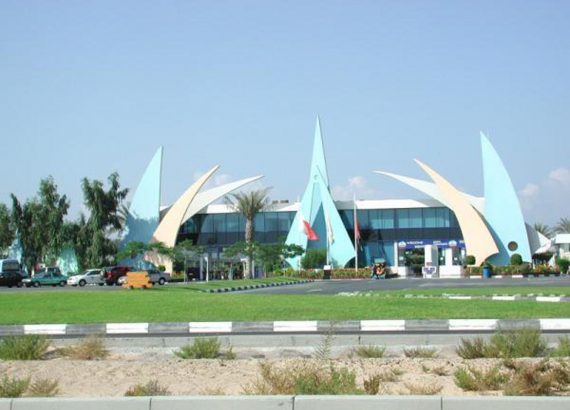
No Comments